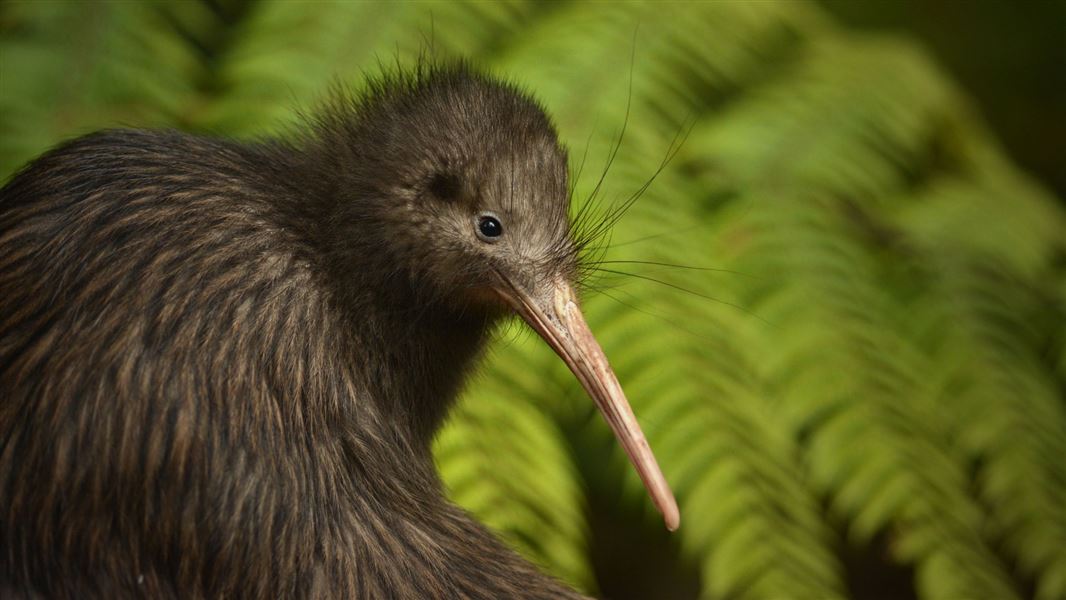
Introduction
Research published in 2019 shows use of 1080 leads to more kiwi chicks surviving.There are about 68,000 kiwi left. Kiwi populations are declining by about 2% per year in areas where predators are uncontrolled – that’s about 20 per week.
DOC uses aerial 1080 to protect kiwi from introduced predators in areas from Fiordland to the Coromandel Peninsula.
Chick survival boosted to 50% after predator control

Senior DOC Ranger, Alison Beath, helped track kiwi in Tongariro Forest during the study.
Kiwi chicks were shown to have a much greater chance of survival for two years after aerial 1080 pest control in the first long-term study of its kind in Tongariro Forest in the central North Island.
Our researchers tracked hundreds of North Island brown kiwi and their offspring through four large-scale joint OSPRI/DOC 1080 operations in the 20,000-ha forest over 22 years.
The study began in 1992 and monitored radio-tagged adult male brown kiwi as well as 207 kiwi chicks hatched between 1996 and 2014. None of the 142 radio-tagged kiwi followed through the four 1080 operations were poisoned.
Just over 50% of kiwi chicks survived to six months old in the first breeding season after 1080 treatment and 29% the year after.
In the following three years, survival halved to 15%, which is well below the 22% survival needed to maintain this kiwi population.
The research supported DOC shifting in 2014 from a five to three year cycle of aerial 1080 pest control in Tongariro Forest to allow the kiwi population to grow by 2% or more—which is the target in the Kiwi Recovery Plan.
The study was published Notornis, the peer-reviewed scientific journal of the Ornithological Society of New Zealand (or Birds New Zealand) in March 2019:
Other research
In 2016 we published research on how 1080 helped save brown kiwi chicks from untrappable stoats.